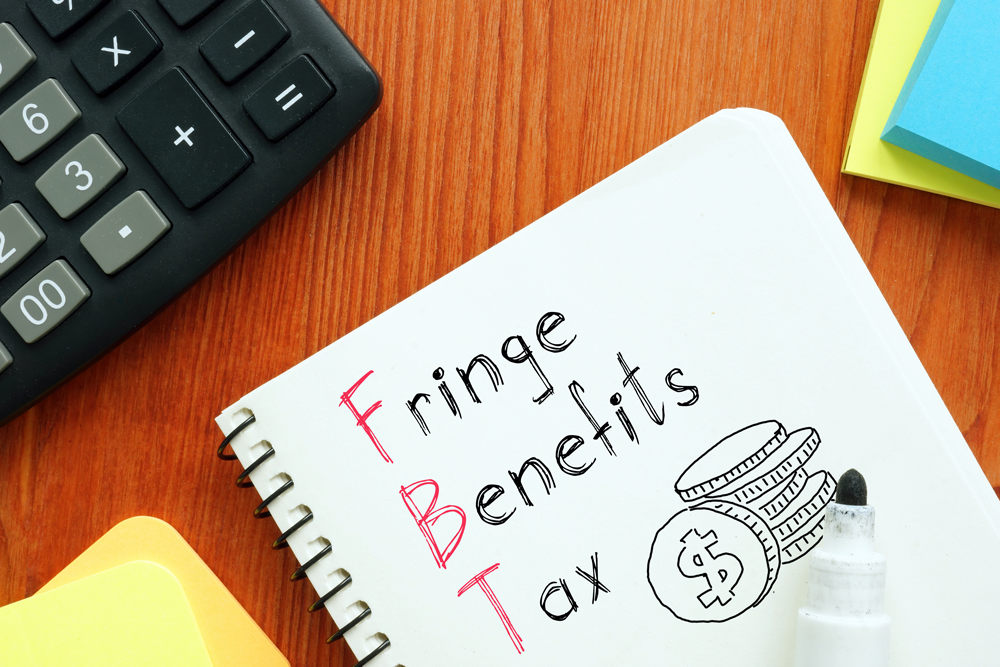Negative Gearing Traps Exposed
 Creating wealth through purchasing a negatively geared investment property is a well established practice in this country. In fact, the Australian Bureau of Statistics report that there are approximately 9 million residential dwellings in Australia and almost 25% of them are rented from private landlords. According to the Australian Tax Office there are just over 23 million people in Australia of which 1,811,174 individuals (just under 8% of the population) own an investment property.
Creating wealth through purchasing a negatively geared investment property is a well established practice in this country. In fact, the Australian Bureau of Statistics report that there are approximately 9 million residential dwellings in Australia and almost 25% of them are rented from private landlords. According to the Australian Tax Office there are just over 23 million people in Australia of which 1,811,174 individuals (just under 8% of the population) own an investment property.
Further, the ATO report that 1,213,595 of these individuals (or two out of every three investors) reported a loss on their investment property for taxation purposes. According to the ATO data, 72.8% of individuals that owned an investment property owned just one. Meanwhile, 18% of individuals owned 2 properties while just 0.9% of individuals owned 6 or more. Clearly, negative gearing is a part of our DNA and the population growth, historic low interest rates, growth in property values and use of investment properties as a retirement asset (particularly in self-managed superannuation funds) are all fuelling the popularity of this tax effective strategy.
Over the years, negative gearing has become a specialist service in the firm and for that reason we have identified some common areas where property investors often trip up including claiming interest on loans.
INTEREST ON LOANS
To claim the mortgage interest, the property must be rented or available for rent in the income year you are claiming a deduction. You cannot claim the interest you incur after you cease using the property for income producing purposes. While the property is rented, or available for rent, you can also claim interest charged on loans taken out:
- to purchase depreciating assets
- for repairs
- for renovations.
Similarly, if you take out a loan to purchase land on which to build a rental property or to finance renovations to a property you intend to rent out, the interest on the loan will be deductible from the time you took out the loan. However, if your intention changes, for example, you decide to use the property for private purposes and you no longer intend to use it to produce rent or other income – you cannot claim the interest after your intention changes.
Things that can impact on the tax deductibility of mortgage interest and other expenses include:
- You use the property for private purposes for a period of time
- You use the money borrowed to buy a new home to live in and rent out your old home
- You have one loan which is partially for the property and partially for private use.
- You make no payments at all on the rental property loan because all loan payments are made against the private part of the loan. The Taxation Office advises that the interest claim must be reduced on these split loan arrangements to assume that at least interest is paid and not capitalized
- You rent the property to a relative or friend at below market value
- You share your home with Boarders
Banks and other lending institutions offer a range of financial products which can be used to acquire a rental property. Many of these products permit flexible repayment and redraw facilities. As a consequence, a loan might be obtained to purchase both a rental property and a private car. In such a case, the interest on the loan must be apportioned between the deductible and non-deductible parts according to the amounts borrowed for each purpose. In addition, loans that are used for both private purposes and for the rental property may have a fluctuating balance due to a variety of deposits and withdrawals. You must keep accurate records of the movement so you can calculate the interest that applies to the rental property portion of the loan. This calculation can get very messy and complex so we always recommend you have a separate or dedicated loan for the rental property.
These can all be complicated scenarios and we strongly recommend you consult with us to discuss the tax consequences.





